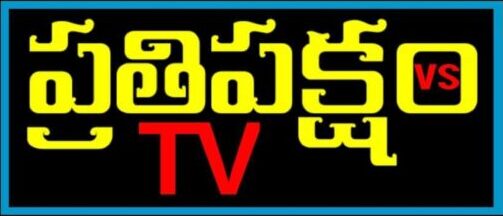Top Landmark Supreme Court Judgments in India
The Supreme Court of India is more than just the highest court of appeal — it is the final voice that defines democracy, rights, and justice in the country. The ,Over the years, its verdicts have not only changed the law but also reshaped politics, governance, and even everyday life. From questions of who can amend the Constitution to whether women can enter temples and who has a right to privacy — the court’s rulings have decided the course of India’s democracy.
Here’s a look at the top landmark judgments that every Indian should know.
1973: Kesavananda Bharati Case – Birth of “Basic Structure”
In 1973, a 13-judge bench — the biggest in Supreme Court history — delivered a judgment that still protects our Constitution.
The court said: Parliament can amend the Constitution, but it cannot destroy its basic structure.
This means no government, however powerful, can erase democracy, secularism, or fundamental rights.
👉 It is the wall that stops dictatorship.
1975: Indira Gandhi’s Election Set Aside
The Emergency years began with this judgment. Raj Narain challenged Prime Minister Indira Gandhi’s election. The court struck it down, holding her guilty of electoral malpractice.
The fallout was massive — Indira Gandhi imposed the Emergency (1975–77).
👉 It proved that even the Prime Minister is not above the law.
1978: Maneka Gandhi vs Union of India – Liberty Redefined
When journalist Maneka Gandhi’s passport was suddenly impounded, she fought back in court.
The judges used the case to expand Article 21 (Right to Life and Liberty), saying liberty is not limited to survival but includes dignity, freedom of movement, and personal choice.
👉 This judgment became the backbone for future rights like privacy, environment, and education.
1985: Shah Bano Case – Women’s Right vs Personal Law
When 62-year-old Shah Bano fought for maintenance after divorce, the court ruled in her favor under CrPC 125.
But the backlash from some religious groups led to the Muslim Women Act, 1986, limiting the judgment.
👉 It sparked a national debate on Uniform Civil Code that continues till today.
1992: Mandal Commission Case – Reservation Policy Sealed
The Supreme Court upheld 27% reservation for OBCs in jobs and education but added a rider: reservations cannot exceed 50%.
👉 The decision shaped India’s caste-based reservation politics for the next three decades.
1997: Vishaka Guidelines – Women at Workplace
After the shocking gangrape of Bhanwari Devi, the court stepped in, as there was no law against workplace harassment.
It issued the Vishaka Guidelines, making it mandatory for institutions to prevent sexual harassment.
👉 These guidelines later evolved into the POSH Act, 2013.
2018: LGBTQ Rights – Section 377 Struck Down
In a historic verdict, the court decriminalized consensual gay relationships by striking down Section 377 IPC.
The judges said: sexual orientation is a matter of identity and dignity.
👉 It was a big step for equality in India.
2017: Right to Privacy
A nine-judge bench declared privacy a fundamental right.
This case was linked to Aadhaar but went beyond — it means the state cannot intrude into citizens’ personal lives without reason.
👉 From data protection to freedom online, this verdict shapes the future.
2019: Ayodhya Verdict
After a 70-year-long dispute, the Supreme Court gave the land to Hindus for the Ram Mandir and allotted 5 acres to Muslims for a mosque.
👉 The judgment tried to balance faith and law, aiming to close one of India’s most sensitive disputes.
1994: S.R. Bommai Case – Limits on President’s Rule
This ruling clipped the Centre’s wings. The court said President’s Rule cannot be misused to dismiss state governments for political reasons.
👉 It strengthened federalism and state autonomy.
Other Key Rulings
-
Olga Tellis (1985): Right to livelihood = Right to life.
-
MC Mehta Cases: Environmental protection and industrial safety.
-
Triple Talaq (2017): Instant talaq unconstitutional.
-
Sabarimala (2018): Women of all ages allowed into the temple.
Why It Matters
These top landmark judgments are not just stories from law books. They affect what we eat, how we travel, whom we marry, how we pray, and even how safe our data is.
The Supreme Court, through its verdicts, has often stood between citizens and state power. Sometimes its rulings sparked protests, sometimes they brought reforms. But each time, they reshaped India’s democracy.
Every Indian should know these rulings — because they remind us of one truth:
👉 The Constitution is alive, and the Supreme Court is its guardian.
READ IN TELGU
https://www.sci.gov.in/judgements-case-no



